Large Language Models
Introduction to LLMs
History of LLMs
A Survey of Large Language Models
LLM Timeline

計算記憶體的成長與Transformer大小的關係
Paper: AI and Memory Wall

Scaling Law
我們可以用模型大小、Dataset大小、總計算量,來預測模型最終能力。(通常以相對簡單的函數型態, ex: Linear relationship)
GPT-4 Technical Report. OpenAI. 2023
Blog: 【LLM 10大觀念-1】Scaling Law
Papers:
- Hestness et al. 於2017發現在Machine Translation, Language Modeling, Speech Recognition和Image Classification都有出現Scaling law.
- OpenAI Kaplan et al.2020 於2020年從計算量、Dataset大小、跟參數量分別討論了Scaling Law。
- Rosenfeld et al. 於2021年發表了關於Scaling Law的survey paper。在各種architecture更進一步驗證Scaling Law的普適性。
Chinchilla Scaling Law
Paper: Training Compute-Optimal Large Language Models
如果我們接受原本Scaling Law的定義(模型性能可藉由參數量、Dataset大小、計算量預測),馬上就會衍伸出兩個很重要的問題:
Return(收益): 在固定的訓練計算量之下,我們所能得到的最好性能是多好?
Allocation(分配):我們要怎麼分配我們的模型參數量跟Dataset大小。
(假設計算量 = 參數量 * Dataset size,我們要大模型 * 少量data、中模型 * 中量data、還是小模型 * 大量data)
2022年DeepMind提出Chinchilla Scaling Law,同時解決了這兩個問題,並且依此改善了當時其他大模型的訓練方式。
他們基於三種方式來找到訓練LLM的Scaling Law:
- 固定模型大小,變化訓練Data數量。
- 固定計算量(浮點運算),變化模型大小。
- 對所有實驗結果,直接擬合參數化損失函數。

Method 3 result from Chinchilla Scaling Law,N是模型參數量、D是數據量、其他都是係數
LLM最終的Loss(Perplexity),會隨著模型放大、數據量變多而下降,並且是跟他們呈現指數映射後線性關係。
Chinchilla最大的貢獻更是在解決Allocation的問題,他們發現
- 數據量(Tokens數)應該要約等於模型參數量的20倍
- 並且數據量跟模型參數量要同比放大(Ex: 模型放大一倍,數據也要跟著增加一倍)
Large Language Models
Open LLM Leaderboard
Transformer
Paper: Attention Is All You Need

ChatGPT
ChatGPT: Optimizing Language Models for Dialogue
ChatGPT is fine-tuned from a model in the GPT-3.5 series, which finished training in early 2022.
LLaMA
Arxiv: LLaMA: Open and Efficient Foundation Language Models
 Blog: Building a Million-Parameter LLM from Scratch Using Python
Blog: Building a Million-Parameter LLM from Scratch Using Python
Kaggle: LLaMA from scratch
GPT4
Arxiv: GPT-4 Technical Report
 Arxiv: From Sparse to Dense: GPT-4 Summarization with Chain of Density Prompting
Arxiv: From Sparse to Dense: GPT-4 Summarization with Chain of Density Prompting
Blog: GPT-4 Code Interpreter: The Next Big Thing in AI
Falcon-40B
HuggingFace: tiiuae/falcon-40b
Arxiv: The RefinedWeb Dataset for Falcon LLM: Outperforming Curated Corpora with Web Data, and Web Data Only
Vicuna
HuggingFace: lmsys/vicuna-7b-v1.5
Arxiv: Judging LLM-as-a-Judge with MT-Bench and Chatbot Arena
Github: https://github.com/lm-sys/FastChat
LLaMA-2
HuggingFace: meta-llama/Llama-2-7b-chat-hf
Paper: Llama 2: Open Foundation and Fine-Tuned Chat Models
Github: https://github.com/facebookresearch/llama
Mistral
HuggingFace: mistralai/Mistral-7B-Instruct-v0.2
Arxiv: Mistral 7B
Github: https://github.com/mistralai/mistral-src
Kaggle: https://www.kaggle.com/code/rkuo2000/llm-mistral-7b-instruct

Mistral 8X7B
HuggingFace: mistralai/Mixtral-8x7B-v0.1
Arxiv: Mixtral of Experts

Orca 2
HuggingFace: microsoft/Orca-2-7b
Arxiv: https://arxiv.org/abs/2311.11045
Blog: Microsoft’s Orca 2 LLM Outperforms Models That Are 10x Larger
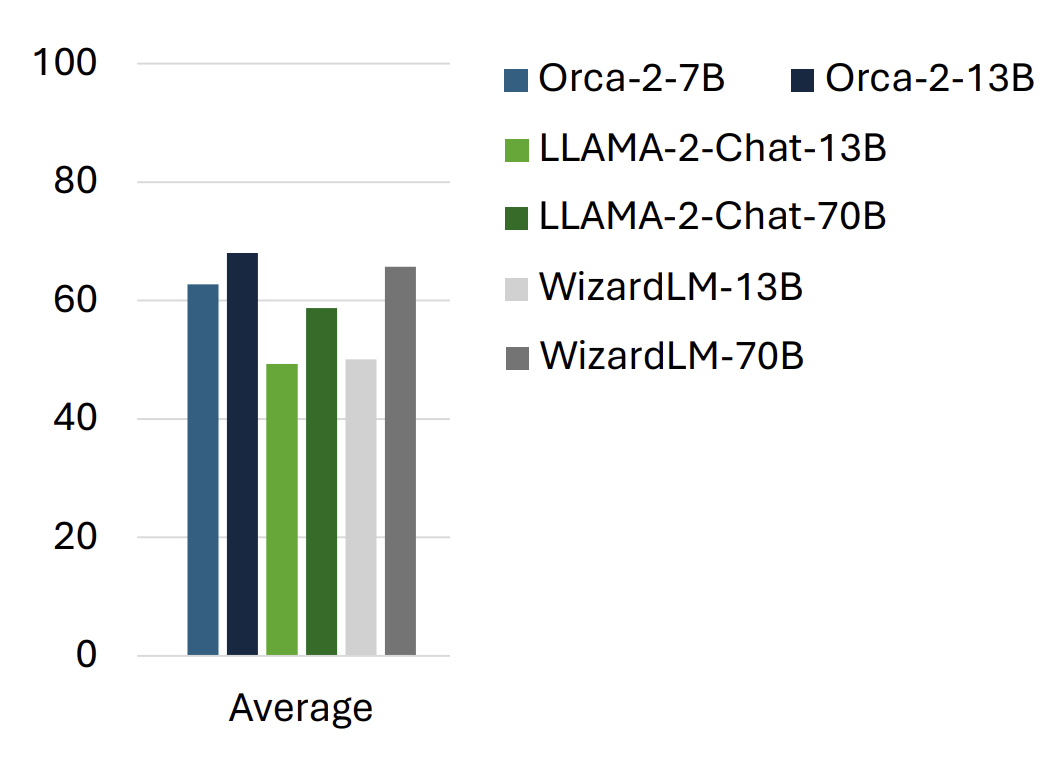
Taiwan-LLM (優必達+台大)
HuggingFace: yentinglin/Taiwan-LLM-7B-v2.1-chat
Arxiv: TAIWAN-LLM: Bridging the Linguistic Divide with a Culturally Aligned Language Model
Blog: 專屬台灣!優必達攜手台大打造「Taiwan LLM」,為何我們需要本土化的AI?
Github: https://github.com/MiuLab/Taiwan-LLM
Phi-2 (Transformer with 2.7B parameters)
HuggingFace: microsoft/phi-2
Blog: Phi-2: The surprising power of small language models
Kaggle: https://www.kaggle.com/code/rkuo2000/llm-phi-2
Mamba
HuggingFace: Q-bert/Mamba-130M
Arxiv: Mamba: Linear-Time Sequence Modeling with Selective State Spaces

Qwen (通义千问)
HuggingFace Qwen/Qwen1.5-7B-Chat
Blog: Introducing Qwen1.5
Github: https://github.com/QwenLM/Qwen1.5
Yi (零一万物)
HuggingFace: 01-ai/Yi-6B-Chat
Arxiv: CMMMU: A Chinese Massive Multi-discipline Multimodal Understanding Benchmark
Arxiv: Yi: Open Foundation Models by 01.AI
Orca-Math
Arxiv: Orca-Math: Unlocking the potential of SLMs in Grade School Math
HuggingFace: https://huggingface.co/datasets/microsoft/orca-math-word-problems-200k
BitNet
Arxiv: BitNet: Scaling 1-bit Transformers for Large Language Models
Arxiv: The Era of 1-bit LLMs: All Large Language Models are in 1.58 Bits
bitnet.cpp is the official inference framework for 1-bit LLMs (e.g., BitNet b1.58).

Gemma
HuggingFace: google/gemma-1.1-7b-it
Blog: Gemma: Introducing new state-of-the-art open models
Kaggle: https://www.kaggle.com/code/nilaychauhan/fine-tune-gemma-models-in-keras-using-lora
Gemini-1.5
Claude 3
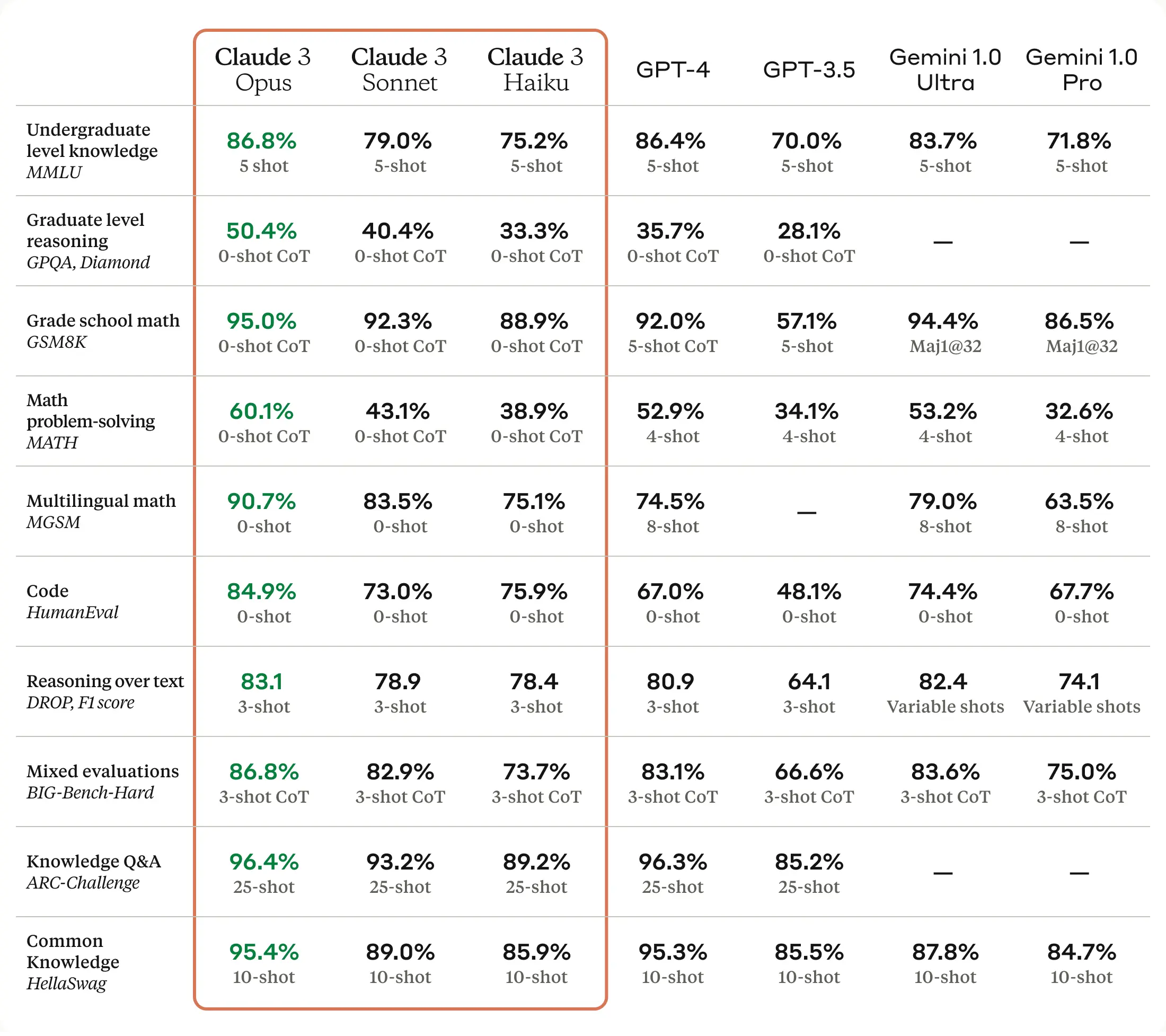
Breeze (達哥)
HuggingFace: MediaTek-Research/Breeze-7B-Instruct-v0_1
Arxiv: Breeze-7B Technical Report
Blog: Breeze-7B: 透過 Mistral-7B Fine-Tune 出來的繁中開源模型
Bialong (白龍)
HuggingFace: INX-TEXT/Bailong-instruct-7B
Arxiv: Bailong: Bilingual Transfer Learning based on QLoRA and Zip-tie Embedding
TAIDE
HuggingFace: taide/TAIDE-LX-7B-Chat
- TAIDE-LX-7B: 以 LLaMA2-7b 為基礎,僅使用繁體中文資料預訓練 (continuous pretraining)的模型,適合使用者會對模型進一步微調(fine tune)的使用情境。因預訓練模型沒有經過微調和偏好對齊,可能會產生惡意或不安全的輸出,使用時請小心。
- TAIDE-LX-7B-Chat: 以 TAIDE-LX-7B 為基礎,透過指令微調(instruction tuning)強化辦公室常用任務和多輪問答對話能力,適合聊天對話或任務協助的使用情境。TAIDE-LX-7B-Chat另外有提供4 bit 量化模型,量化模型主要是提供使用者的便利性,可能會影響效能與更多不可預期的問題,還請使用者理解與注意。
Llama-3
HuggingFace: meta-llama/Meta-Llama-3-8B-Instruct
Github: https://github.com/meta-llama/llama3/

Phi-3
HuggingFace: microsoft/Phi-3-mini-4k-instruct”
Blog: Introducing Phi-3: Redefining what’s possible with SLMs
Octopus v4
HuggingFace: NexaAIDev/Octopus-v4
Arxiv: Octopus v4: Graph of language models
Github: https://github.com/NexaAI/octopus-v4
design demo
Llama 3.1
HuggingFace: meta-llama/Meta-Llama-3.1-8B-Instruct

Grok-2
Grok-2 & Grok-2 mini, achieve performance levels competitive to other frontier models in areas such as graduate-level science knowledge (GPQA), general knowledge (MMLU, MMLU-Pro), and math competition problems (MATH). Additionally, Grok-2 excels in vision-based tasks, delivering state-of-the-art performance in visual math reasoning (MathVista) and in document-based question answering (DocVQA).

Phi-3.5
HuggingFace: microsoft/Phi-3.5-mini-instruct
HuggingFace: microsoft/Phi-3.5-vision-instruct
HuggingFace: microsoft/Phi-3.5-MoE-instruct
News: Microsoft Unveils Phi-3.5: Powerful AI Models Punch Above Their Weight
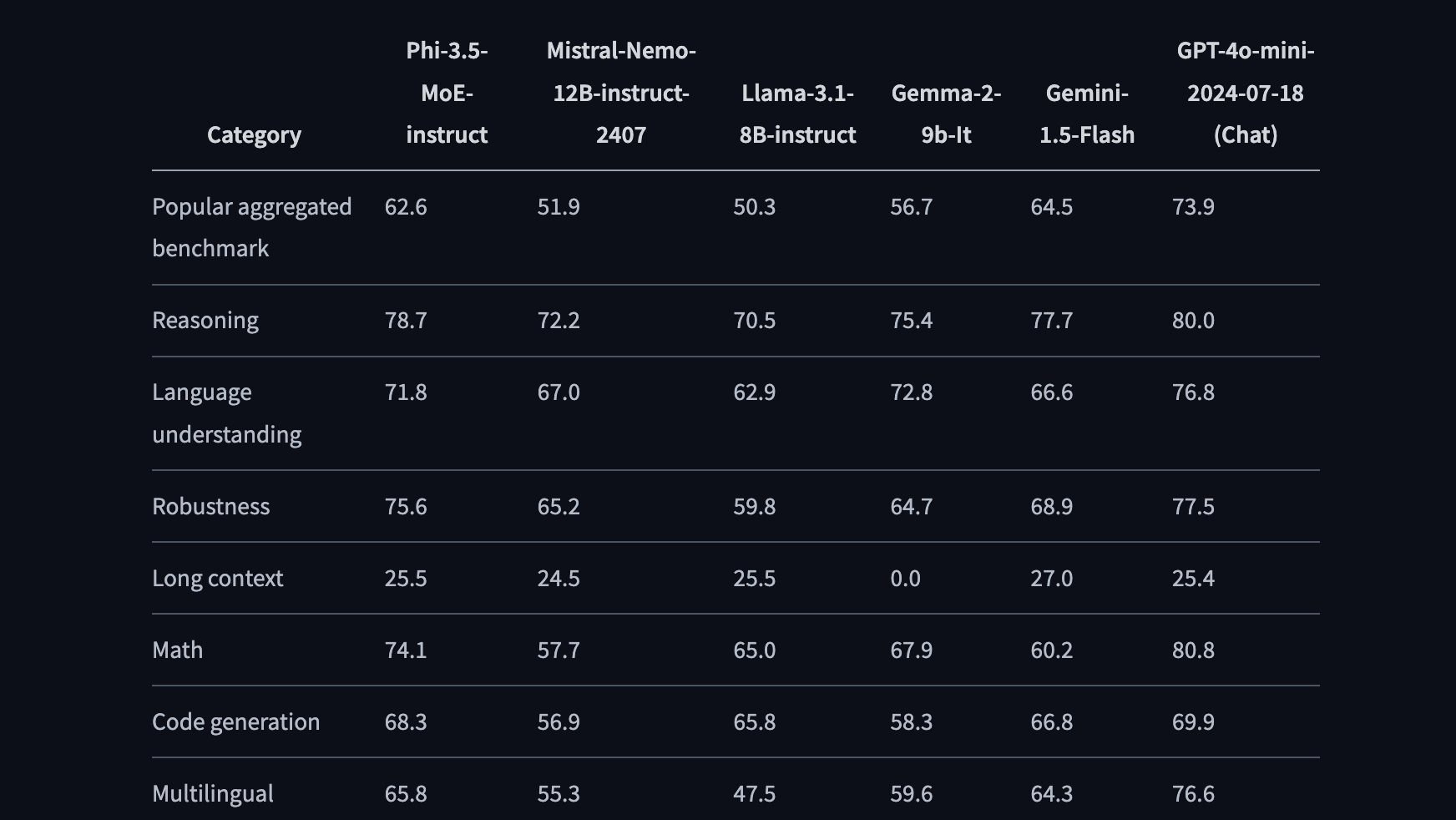
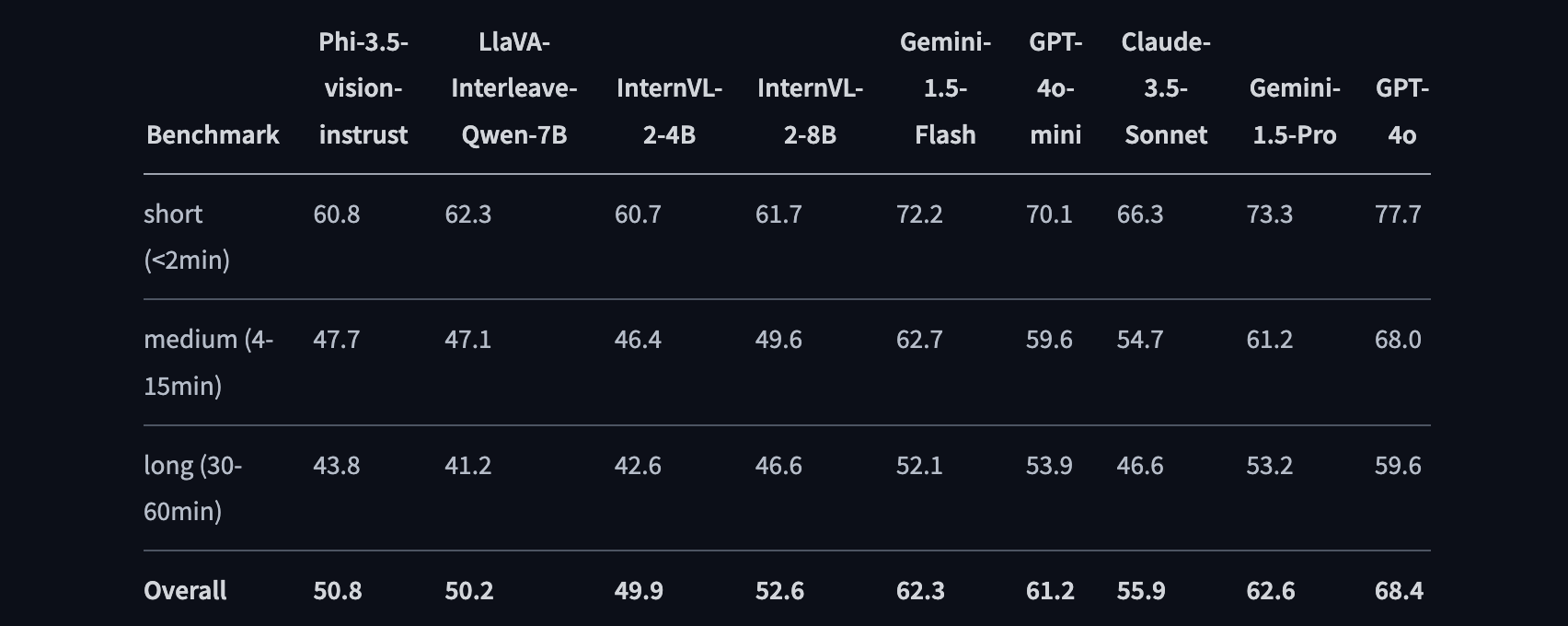
OpenAI o1
Blog: Introducing OpenAI o1-preview

Qwen2.5
HuggingFace: Qwen/Qwen2.5-7B-Instruct
- Qwen2.5: 0.5B, 1.5B, 3B, 7B, 14B, 32B, 72B
- Qwen2.5-Coder: 1.5B, 7B, coming 32B
- Qwen2.5-Math: 1.5B, 7B, 72B
Blog: 阿里雲AI算力大升級!發佈100個開源Qwen 2.5模型及視頻AI模型
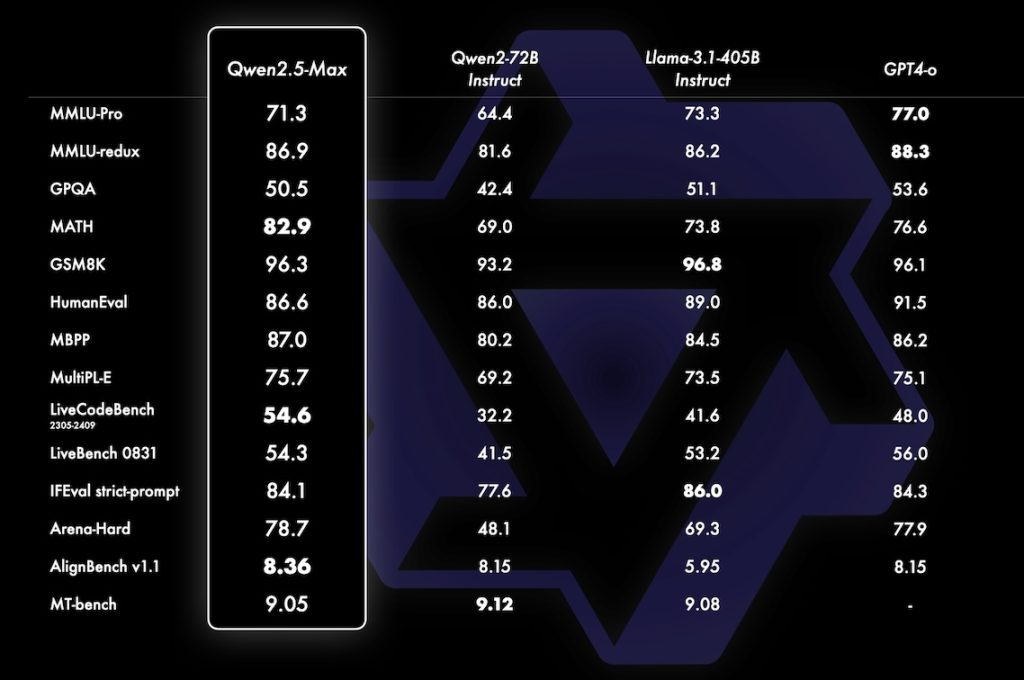
NVLM 1.0
Arxiv: NVLM: Open Frontier-Class Multimodal LLMs
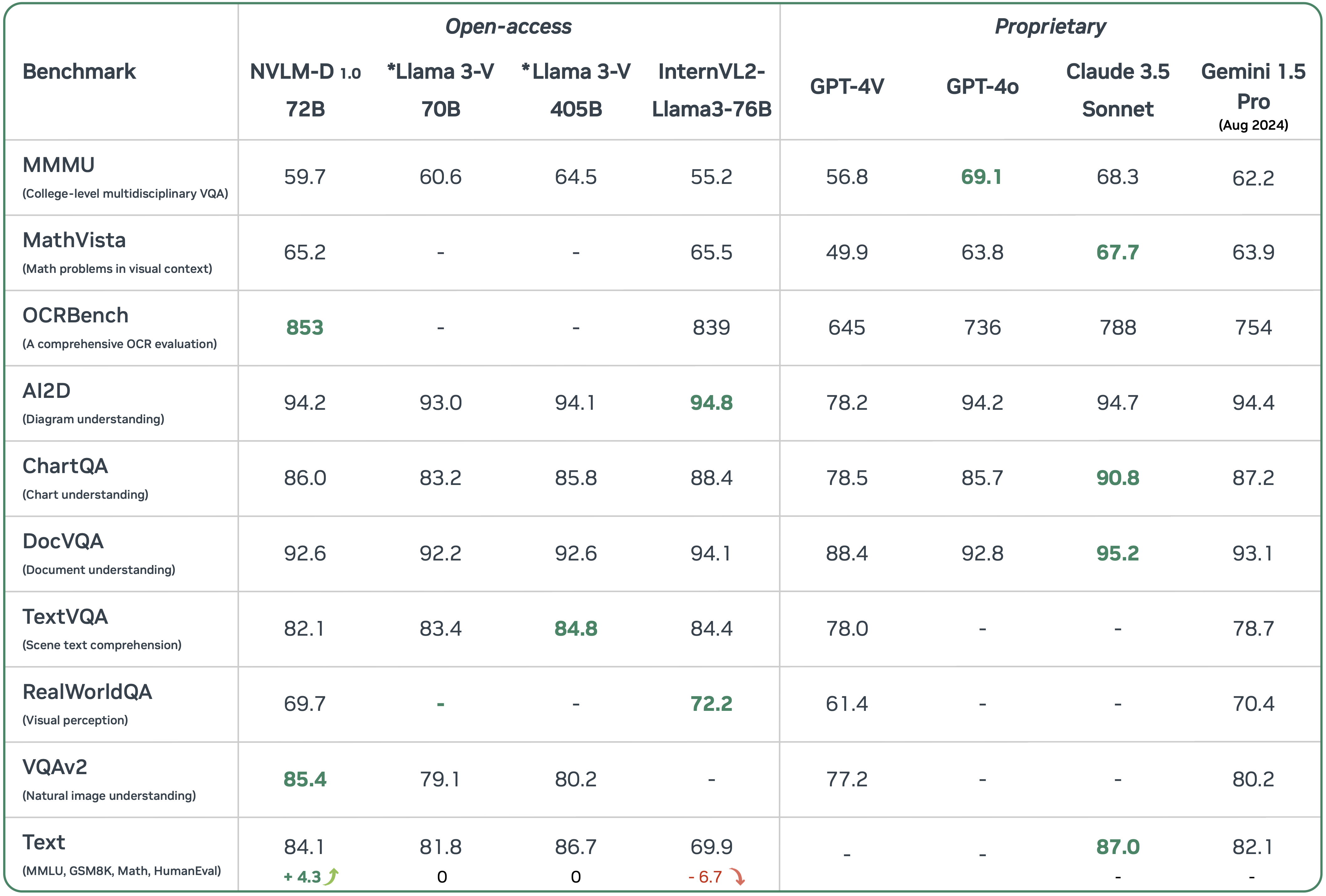
Llama 3.2
Blog: Llama 3.2: Revolutionizing edge AI and vision with open, customizable models
HuggingFace: meta-llama/Llama-3.2-1B-Instruct
HuggingFace: meta-llama/Llama-3.2-3B-Instruct
HuggingFace: meta-llama/Llama-3.2-11B-Vision-Instruct

LFM Liquid-3B
Llama 3.3
HuggingFace: meta-llama/Llama-3.3-70B-Instruct
Blog: Meta公布輕巧版多語言模型Llama 3.3
OpenAI o3-mini

DeepSeek-R1
Arxiv: DeepSeek-R1: Incentivizing Reasoning Capability in LLMs via Reinforcement Learning
Github: https://github.com/deepseek-ai/DeepSeek-R1

Llama-Breeze2
HuggingFace: MediaTek-Research/Llama-Breeze2-8B-Instruct
HuggingFace: MediaTek-Research/Llama-Breeze2-3B-Instruct
Arxiv: The Breeze 2 Herd of Models: Traditional Chinese LLMs Based on Llama with Vision-Aware and Function-Calling Capabilities
Blog: 聯發科一口氣開源2款繁中多模態小模型、符合臺灣口音的語音合成模型
Blog: 如何讓模型更懂繁中知識?聯發科研究團隊揭技術關鍵
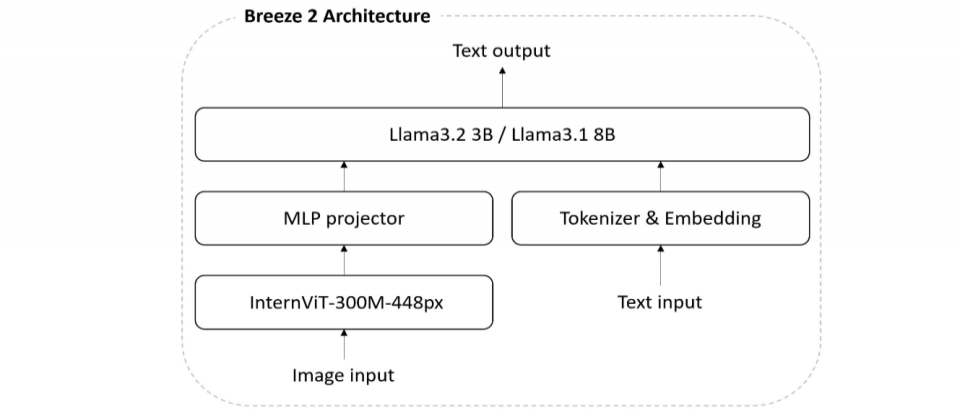
Grok-3 The Age of Reasoning Agents
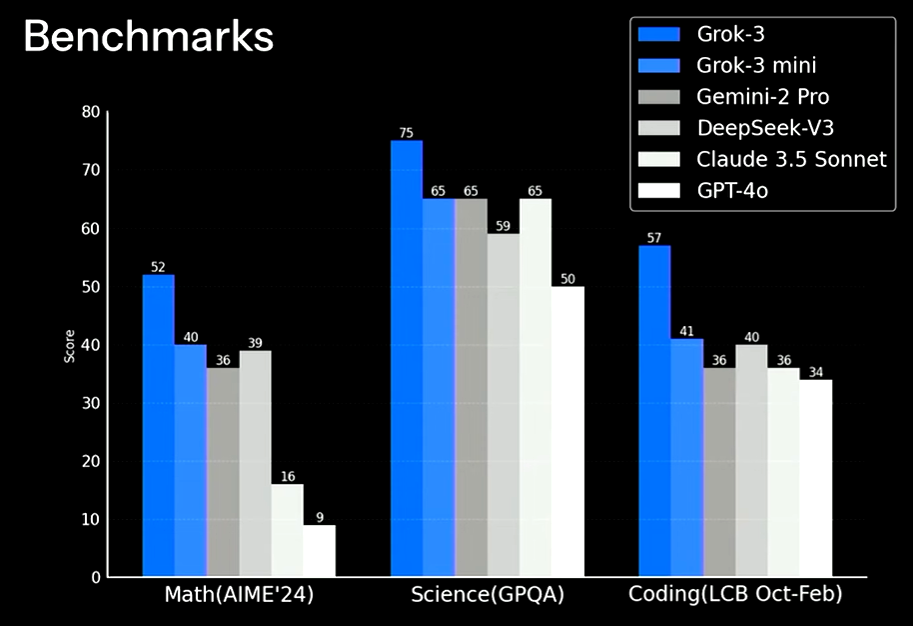
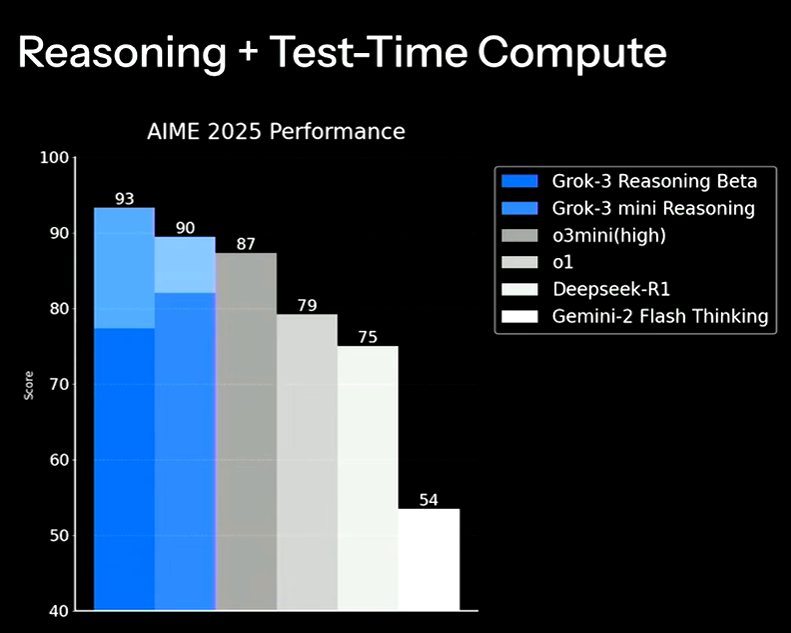
Phi-4-multimodal
Phi-4-multimodal具有56億參數,支援12.8萬Token的上下文長度,並透過監督式微調、直接偏好最佳化(DPO)與人類回饋強化學習(RLHF)等方式,提升指令遵循能力與安全性。在語言支援方面,文字處理涵蓋超過20種語言,包括中文、日文、韓文、德文與法文等,語音處理則涵蓋英語、中文、西班牙語、日語等主要語種,圖像處理目前則以英文為主。
GuggingFace: microsoft/Phi-4-multimodal-instruct

Gemini-2.5
Llama-4
Blog: Implementing LLaMA 4 from Scratch
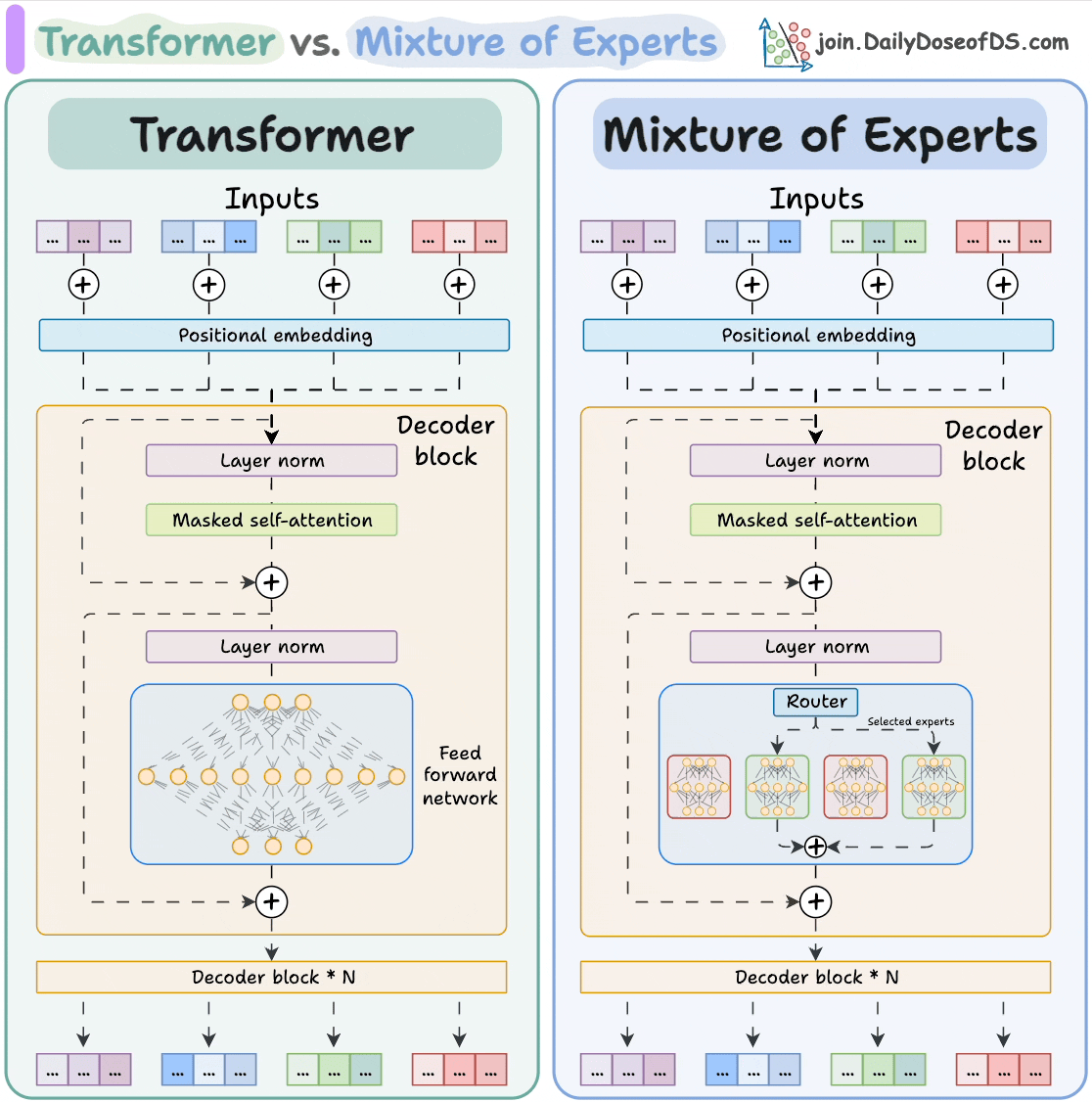
Kaggle: https://www.kaggle.com/code/rkuo2000/llama4-from-scratch
Grok-4
GPT-5
Gemini-2.5 Family
Qwen3-Next
HuggineFace:
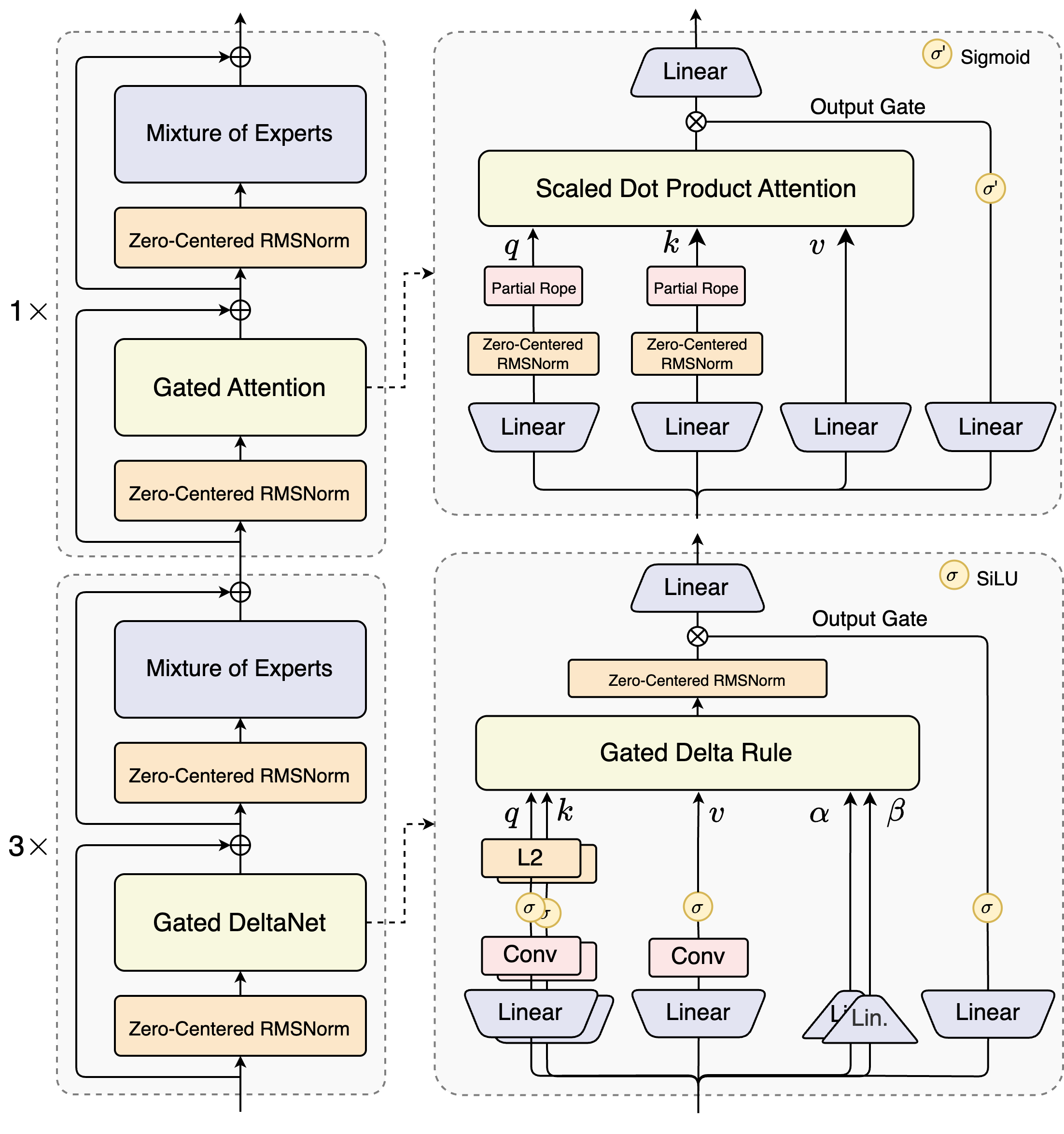
Qwen3-Omni
Paper: Qwen3-Omni Technical Report

safe AI
Constitutional AI
Arxiv: Constitutional AI: Harmlessness from AI Feedback
Two key phases:
- Supervised Learning Phase (SL Phase)
- Step1: The learning starts using the samples from the initial model
- Step2: From these samples, the model generates self-critiques and revisions
- Step3: Fine-tine the original model with these revisions
- Reinforcement Learning Phase (RL Phease)
- Step1. The model uses samples from the fine-tuned model.
- Step2. Use a model to compare the outputs from samples from the initial model and the fine-tuned model
- Step3. Decide which sample is better. (RLHF)
- Step4. Train a new “preference model” from the new dataset of AI preferences. This new “prefernece model” will then be used to re-train the RL (as a reward signal). It is now the RLHAF (Reinforcement Learning from AI feedback)
Attack LLM
Blog: 如何攻擊 LLM (ChatGPT) ?
- JailBreak
- Prompt Injection
- Data poisoning
LLM running locally
LM Studio

Ollama
ollama -v
ollama
ollama pull deepseek-r1
ollama run llama3.2
Github: Github
Kaggle: Langchain RAG
Jan - Local AI Assistant
Github: https://github.com/menloresearch/jan
llama.cpp
LLM inference in C/C++
PrivateGPT
Github: https://github.com/zylon-ai/private-gpt/tree/primordial

RLM
Arxiv: Reasoning Language Models: A Blueprint
LLM Reasoning
Chain-of-Thought Prompting
Arxiv: Chain-of-Thought Prompting Elicits Reasoning in Large Language Models

ReAct Prompting
Arxiv: ReAct: Synergizing Reasoning and Acting in Language Models
Github: https://github.com/ysymyth/ReAct

Tree-of-Thoughts
Arxiv: Tree of Thoughts: Deliberate Problem Solving with Large Language Models
Github: https://github.com/princeton-nlp/tree-of-thought-llm
Github: https://github.com/kyegomez/tree-of-thoughts

Reinforcement Pre-Training
Arxiv: Reinforcement Pre-Training
Microsoft and China AI Research Possible Reinforcement Pre-Training Breakthrough

Teaching LLMs to Plan
Paper: Teaching LLMs to Plan: Logical Chain-of-Thought Instruction Tuning for Symbolic Planning
Alpaca-CoT
Alpaca-CoT: An Instruction-Tuning Platform with Unified Interface for Instruction Collection, Parameter-efficient Methods, and Large Language Models

Prompt Engineering
Perfect Prompt Structure
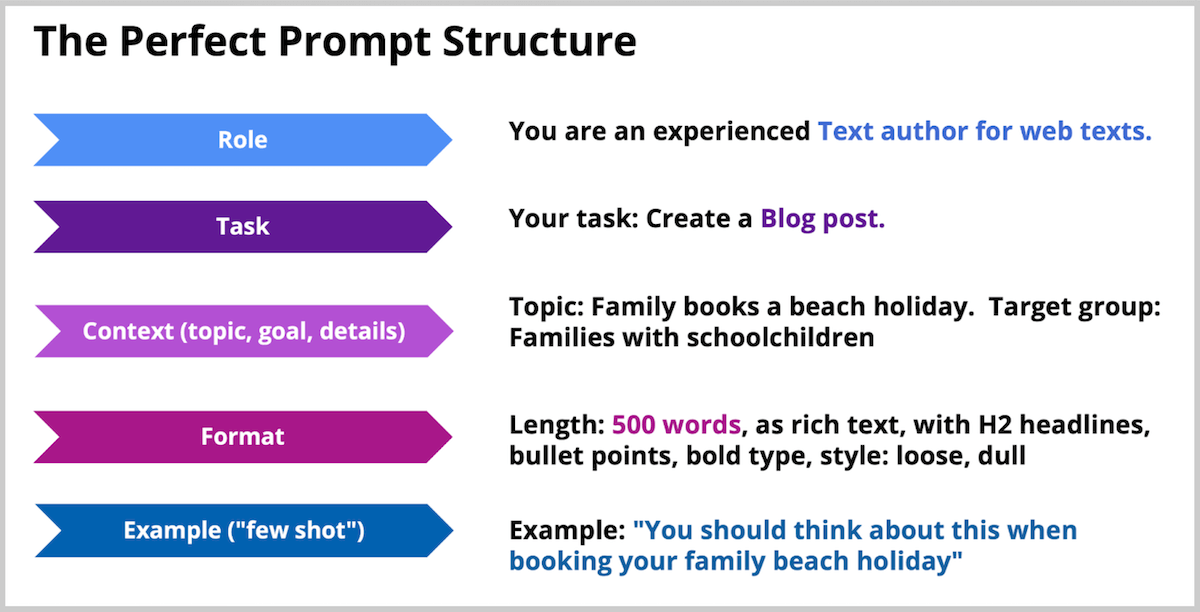
訓練不了人工智慧?你可以訓練你自己
Thinking Claude
17歲高中生寫出「神級Prompt」強化Claude推理能力媲美o1模型,如何實現?
Thinking Gemini
https://github.com/lanesky/thinking-gemini
Context Engineering
什麼是 Context Engineering 上下文工程?
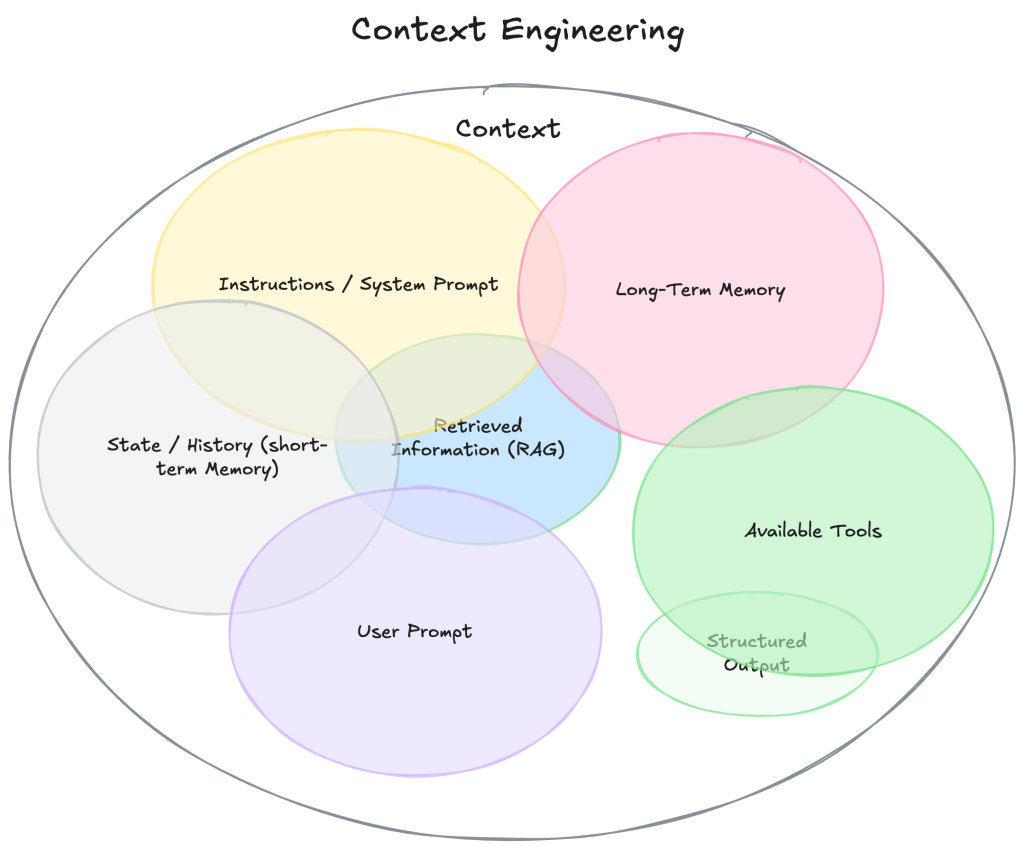
A Survey of Context Engineering for Large Language Models

情境工程(Context Engineering)解析:打造實用 AI Agent 的關鍵技巧,與提示工程(Prompt Engineering)有什麼不同?

This site was last updated October 02, 2025.

